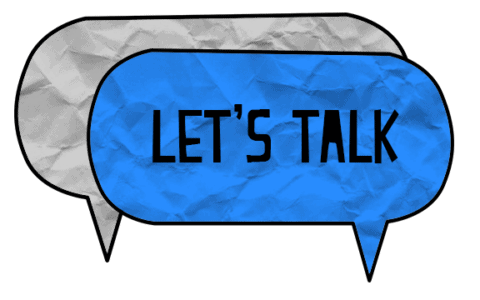On Jan. 25, thousands of Canadians will be texting and tweeting in the name of ending mental health stigma for Bell Let’s Talk Day. Although the campaign is certainly meeting the expectations and goals of the corporation, it is not meeting the goals that we imagine.
Bell Let’s Talk Day is a public relations campaign developed by Bell. To any average consumer, the day looks like just an innocent and even groundbreaking event where everyone comes together to talk about mental health — but only through the use of phones and the Internet.
According to the Let’s Talk Day portion of Bell’s website, the purpose of the campaign is making donations to mental health initiatives — five cents is donated per text or tweet or other form of social media interaction.
text or tweet or other form of social media interaction.
I’ve plainly stated that Bell Let’s Talk Day is a PR campaign. I do not feel as though I can comfortably call it anything else. It is not the amazing mental health initiative that the majority of the population thinks it is.
There are a few things that we need to keep in mind when we see that a corporation has a charity/social campaign, including the fact that corporate donations are tax deductible. That means that they will be getting back quite a lot of what they donated.
This isn’t an unusual occurrence, as any corporation is allowed to do this. However, it is something to keep in mind, especially since corporations pay very low taxes and are consistently trying to pay less.
Social campaigns like Bell Let’s Talk Day help corporations pay less in taxes, which effectively means that these corporations are contributing very little to our hospitals and mental health facilities in Canada.
If corporations like Bell paid more money in taxes, it would be infinitely more helpful than them contributing a significantly smaller amount of money through donation.
Another thing that we have to keep in mind is that Bell regularly makes much more money than they donate, and campaigns like this just help them make even more money. Bell Let’s Talk Day is essentially a day dedicated to free advertising for Bell.
They are hiring every person who texts or tweets to be a temporary PR professional, and they are paying them five cents per advertisement in the form of donation. A lot of people have argued with me about this — saying that this isn’t the intention of the campaign and that the intention is to get people talking about mental health.
I could definitely believe that, if it wasn’t for the fact that every tweet or social media post has to include their branding, either in the form of a hashtag, or with their photos and videos with their logo.
They will make it very, very clear to you that this campaign comes from Bell. This creates brand loyalty, where a consumer will be more likely to trust their corporation and buy from them over their competition.
Is it such a bad thing that corporations make money off of social campaigns? Is it not a win-win situation?
I can see how people would believe this, but when the campaign is making money under the guise of helping people, it can create an environment in which they do not put the proper care and attention into their campaign.
For example, this campaign values anti-stigma over anti-discrimination, and this turns mental health into an individual problem instead of a social one. They also use overwhelmingly white, famous people with fairly common mental illnesses in order to promote their campaign. This move makes their campaign more marketable, but completely overlooks a huge chunk of the population.
Corporations usually don’t do anything that they cannot justify through profits. If Bell Let’s Talk Day wasn’t profitable for Bell, they probably wouldn’t do it. We can create social change together. Go out there, and make real changes and be kind to people. Not just on one day, but all year round.
—
Kay-Lynne Collier
Graphic: Gloria Sun